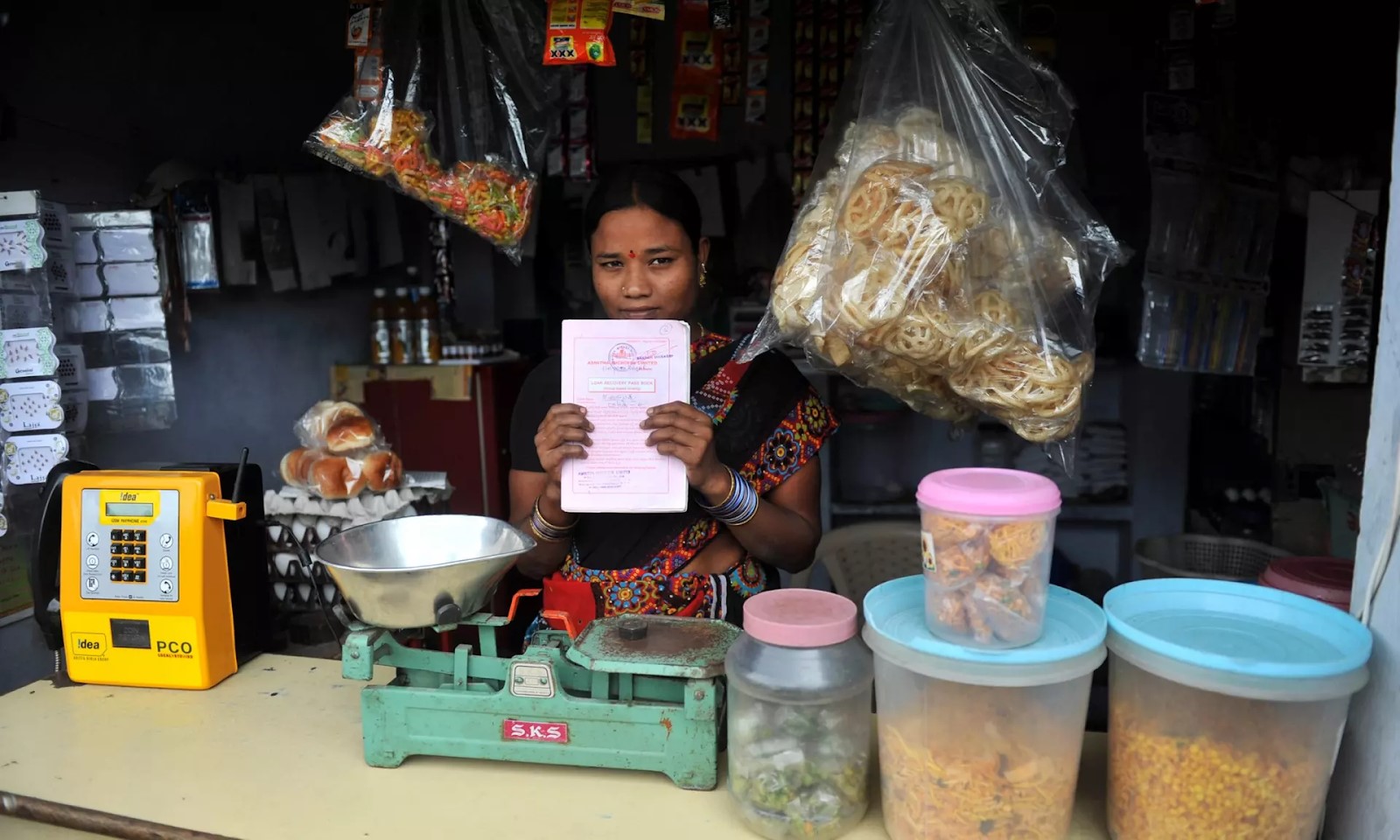
VASSIE RUBTSOVA – OCTOBER 11, 2018
In October of 1983, Muhammad Yunus founded the Grameen Bank and pioneered the microfinance and microcredit movement. Grameen Bank served the impoverished population in Bangladesh by offering small loans to small businesses. The microfinance model was hailed a success and Yunus, along with Grameen Bank, received the Nobel Peace Prize in 2006 for his work in reducing poverty and stimulating economic growth. Since then, the microfinance model become a widely popular solution to stimulating growth in developing countries and has been implemented in hundreds of developing countries and even in some developed countries.
Microfinancing has simply reinvented the wheel. Typically, the poor in developing countries and some developed countries have no way to receive formal loans or credit from big banks because they are deemed too risky. As a result, the poor will borrow from informal lenders, receive loans from informal organizations, and engage in an informal economy. Microfinance serves as a means to formalize these transactions for the poor and include them in the formal economy, comprised of the established economic institutions and markets regulated by the governments of their countries. This is meant to do two things: bring people out of poverty by investing in their businesses, building their credit, and making them self sufficient; and strengthen the overall economy of the country. In theory, microfinance could produce tangible results because it is supposed to be an investment in an impoverished region. However, as the model of microfinance is being implemented throughout the world, many drawbacks continue to be overlooked and consequently hinder the success of microfinance and the poor populations it seeks to serve.
Microfinance is not the cure-all for worldwide poverty that international organizations, financial institutions, and countries have claimed it to be. Microfinance is not designed to end the cycle of poverty. The microfinance system is rooted in the idea that, by funding a plethora of impoverished entrepreneurs, within a few years borrowers will create large businesses that stimulate the economy and help their communities rise out of poverty. Unfortunately it does not always work that way. Not everyone seeking microloans and credit has the next big idea that will drive their country into becoming a major global player, which means that with most microloans, the returns will not be significant on a global scale. Even if the focus is shifted on just borrowers’ villages or communities, the borrower is likely part of an oversaturated industry in their village and community. Thus financing the borrower and their neighbor just perpetuates unprofitable competition in an industry that already does not yield immense profits.
As microfinance institutions grow in size and capacity, microfinance institutions and the international community ought to reconsider the microfinance model. In the status quo, the microfinance system has failed to deliver large scale results. While over 500 million people have engaged in the microfinance system in its decades long existence, it has yet to revitalize any country’s economy. Even in Bangladesh, where microfinance and microcredit have largely been recognized as successful means to reduce poverty, it is still a prevailing problem decades later. Naturally, there are other factors that play a role in poverty rates including war, natural disasters, and political turmoil, among other contributors. However, aside from these factors, a number of studies, including that of the United Kingdom’s Department for International Development, indicate that there is “no clear evidence” of the positive impacts of microfinance. This means that microfinance has not only failed to deliver significant reduction of poverty and economic growth but it has also produced negative impacts on the poor.
Studying microfinance in countries such as Mexico, South Africa and Bangladesh, it is evident that microfinance has not lived up to expectations. Although microfinance is intended to be a viable financial opportunity for the poor, the interest rates create a very significant problem for achieving financial prosperity. First, there is no standard for interest rates for the poor. There is no enforced system that ensures that microfinance institutions have low interest rates in place that do not create an even greater burden on the poor, creating a cycle of debt and unpaid loans. Microfinance institutions are often private companies, which means that their incentives are not based on alleviating poverty, but rather are profit driven. Hence, their interest rates are not aimed towards helping borrowers. Some microfinance institutions have annual interest rates ranging between 2% and 4%, while other have rates between 30% and 60%. In one extreme case, the Banco Compartamos in Mexico, the Center for Global Development calculates annual interest rates to be almost 200%. Microfinance institutions’ adoption of credit and loan practices as they are done in the formal economy does not help the poor. It simply further perpetuates poverty. Many microloan and credit recipients are not likely to be able to pay off the loan in a timely manner, so they find themselves in an even worse place when their interest accumulates. In the case of South Africa, people do not use microloans to finance a business, but rather they use them to simply make ends meet. In fact, Jason Hickel of the London School of Economics points out that in South Africa, microfinance has failed because 94% of the loans people recieve are used to pay for basic needs rather than generating a profit to pay off the loans and sustain themselves. Looking at Bangladesh, studies point to serious problems with overborrowing and lack of repayment. Rather than microfinance stimulating independence and economic prosperity, it has created a culture of dependence, which has only increased people’s debt and made class mobility a real challenge.
Microfinance can only become the silver bullet the international community hoped it would be if microfinance is re-examined, re-evaluated, and revised. This could include changing what the system looks like and possibly partnering the system with other practices of poverty reduction. These practices could include direct cash transfers which have proven effective in countries such as Namibia, Indonesia, and South Africa, creating jobs through expanding sectors such as the services, technology, and agriculture sector which has proven effective in combating poverty in countries such as India and China, and protecting labor rights.
Microfinance is just Band-Aid solution because it does not challenge the players in power and institutions that create conditions of extreme poverty in the first place. It arguably offers small scale relief but fails to create long lasting change because it simply regurgitates a formal economy with all of its drawbacks that is palatable for the poor, where their personal economic growth and wellbeing is limited and conditional.
Featured Image Source: The Guardian
Disclaimer: The views published in this journal are those of the individual authors or speakers and do not necessarily reflect the position or policy of Berkeley Economic Review staff, the Undergraduate Economics Association, the UC Berkeley Economics Department and faculty, or the University of California at Berkeley in general.



